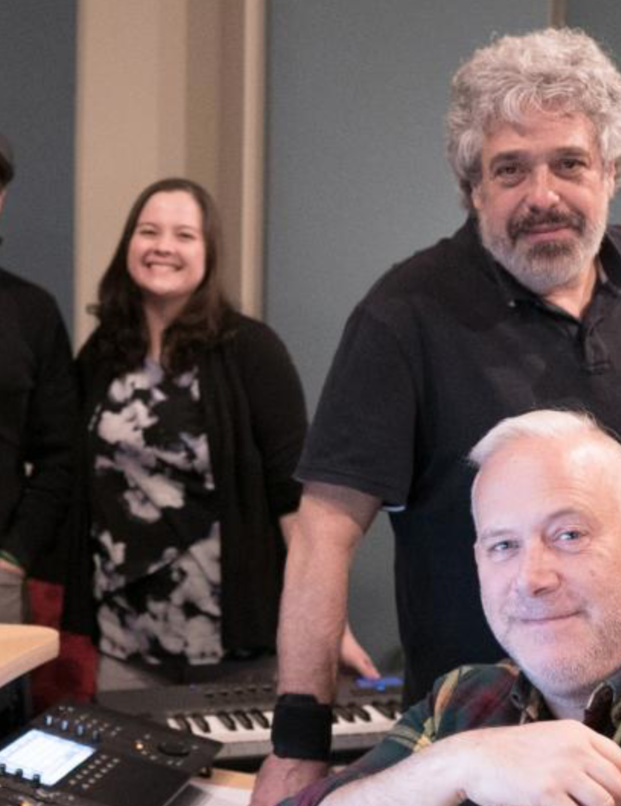“Mike [Ungar] and I always wanted to make a creative environment where creatives could... create!” smiles Loren Toolajian, co-founder at NYC-based post production house, SandBlast Productions. “Ralph [Kelsey] was the same: let’s bring people together to collaborate in creative ways, and see how we can make that collaboration interesting, provocative, and hopefully meaningful. It’s always what we have tried to do.”
Toolajian, along with his co-founders, Mike Ungar, and Ralph Kelsey, run the show at SandBlast; Ben Soifer (assistant engineer), Melanie Reed (operations director), and Sean Canada (chief tech officer and senior mixer), make up the super six, as it were. And they all have extremely key roles.
At the time of writing, for example, SandBlast is in the midst of scoring a 26-episode animation series coming out of China; producing and recording up and coming NJ-based songstress, Stephanie Schulte; and working on a nine-episode podcast series with a couple of renowned playwrights. An eclectic one stop shop, right?
“[smiles] Well, one of the key things is that we listen – not only as audio guys, and as musicians - but we listen to you,” Toolajian enthuses. “Our business is about creative problem solving; we are there to interact at that level.”
Interesting concept, and smart, certainly. At this point, Mike Ungar makes a point that resonates with me.
"Sound matters, and not just to us, but as an emotional component to all the outsets of sound: the music, the overwhelming effects when you watch a movie like Star Wars,” he says. “Imagine watching any movie without sound: be it things blowing up, heartfelt moments, or a car chase scene; there’d be more than a little missing without the audio!
“And molecularly, too: the vibration of sound touches people on a physical, emotional, and spiritual level. It’s a very, very creative business that we have made for ourselves, and I think the point is that it has to be that to be successful, and for us to continue to be profitable. We all have to be engaged with the creative process in a lot
of different ways.”
Each of the three partners are quite exceptional musicians, too: Toolajian is an accomplished pianist; Ungar plays trumpet, and the planetary gongs (worth a Google!); and Kelsey is an established percussionist. Also vital to the company’s success is its roster of top-flight audio post engineers who rotate through the in-house production facilities at two premium cable networks in New York City, for whom SandBlast provides audio post mixing, scheduling, and maintenance. It’s a seriously solid crew.


